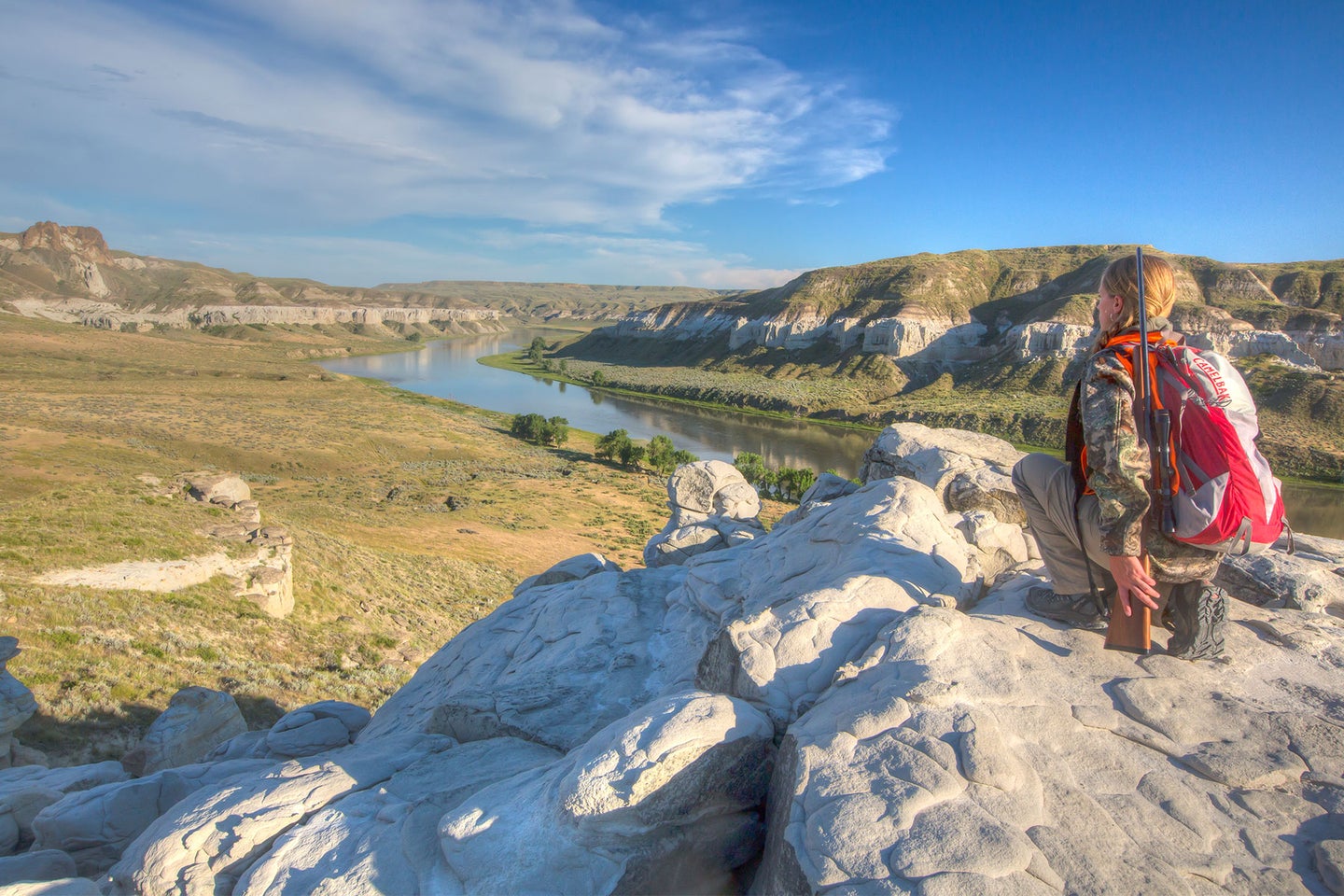New Rule Will Change the Way the Federal Government Manages 245 Million Acres of Public Land

The BLM manages more public land than any other federal agency. BLM.
Late last week, the Bureau of Land Management (BLM) published the final version of its “Conservation and Landscape Health Rule.” After more than a year of deliberation with various stakeholders—including hunting and fishing-focused conservation groups like the Theodore Roosevelt Conservation Partnership (TRCP) and Backcountry Hunters & Anglers (BHA)—the rule will add conservation to a list of priorities that the BLM must juggle when managing its vast holding across the American West. Other priorities already on the list include timber management, livestock grazing, energy development, and recreation.
“BLM is the land of many uses and this makes sure that conservation is one of the priorities alongside other priorities” Joel Webster, the TRCP’s Vice President of Western Conservation, told Field & Stream. “When we say conservation in terms of what the hunting and fishing community cares about that is functional and important fish and wildlife habitat that produces fish and wildlife populations that support hunting and fishing opportunities—as well as conserving the special places where we like to go to hunt and fish.”
According to Webster, the BLM addressed feedback and critiques from the hunting and fishing community during the year-long rule making process. “This rule makes it a priority to conserve intact landscapes,” he said. “A lot of that is rangeland that’s very important for wildlife like mule deer and pronghorn, and other species like bighorn sheep and elk—as well as birds and fisheries.”
It took a little over one year for the BLM to hash out its new ‘Conservation Rule.’
Protecting Landscapes
In the ‘Executive Summary’ of its 178-page rule, the BLM defines ‘intact landscapes’ as “relatively unfragmented” and “free of local conditions that could permanently or significantly disrupt, impair, or degrade the landscape’s composition, structure, or function.” The summary says the new rule will enable the BLM to identify ‘intact landscapes’ across the West and provide better protections to those areas with the ultimate goal of “ecosystem resilience.”
In a press release issued last Thursday, BHA applauded the new rule as well saying it “elevates conservation as a valid use” on BLM-managed lands. “When implemented, the rule will provide tremendous long-term conservation and recreational benefits on land stewarded by the BLM that finally represents the interest of more Americans,” said BHA President and CEO Patrick Berry. “We thank the Biden administration and the leadership within the Department of the Interior for their commitment to ensuring our public lands are managed in a balanced way that properly recognizes the value of conservation.”
Improving Habitat
TRCP’s Webster said the new rule will allow land managers to repair degraded habitat on BLM lands by requiring certain leaseholders to engage in conservation work. “It establishes what are called restoration and mitigation leases,” he says. “It would enable parties that do business on BLM land to restore important areas, or to mitigate their impacts to the land. And there are some really clear conditions to make sure that restoration leases do not conflict with other uses on that landscape.”
According to reporting from the Washington Post, renewable energy producers operating on public land could be required to buy mitigation leases, for example, if their wind or solar farms are affecting wildlife or watersheds. And ranchers who use BLM grazing allotments could be required to purchase mitigation leases to offset any habitat degradation caused by cattle or other livestock. Webster pointed out that mitigation leases cannot be sold to foreign entities. “They cannot be sold to China,” he said.
Read Next: BLM Plans to Open Millions of Acres for Solar Projects on Public Lands in the West
Webster said the rule provides a new framework that will go into full effect in about 30 days. “Like every public policy, the success and durability of the BLM conservation rule will depend on strong engagement with local communities, states, and Tribes,” he said. “TRCP will do our part by remaining at the table to ensure habitat is conserved, restored, and enhanced to support robust fish and wildlife populations and continued hunting and fishing opportunities.”
The post New Rule Will Change the Way the Federal Government Manages 245 Million Acres of Public Land appeared first on Field & Stream.
Articles may contain affiliate links which enable us to share in the revenue of any purchases made.
